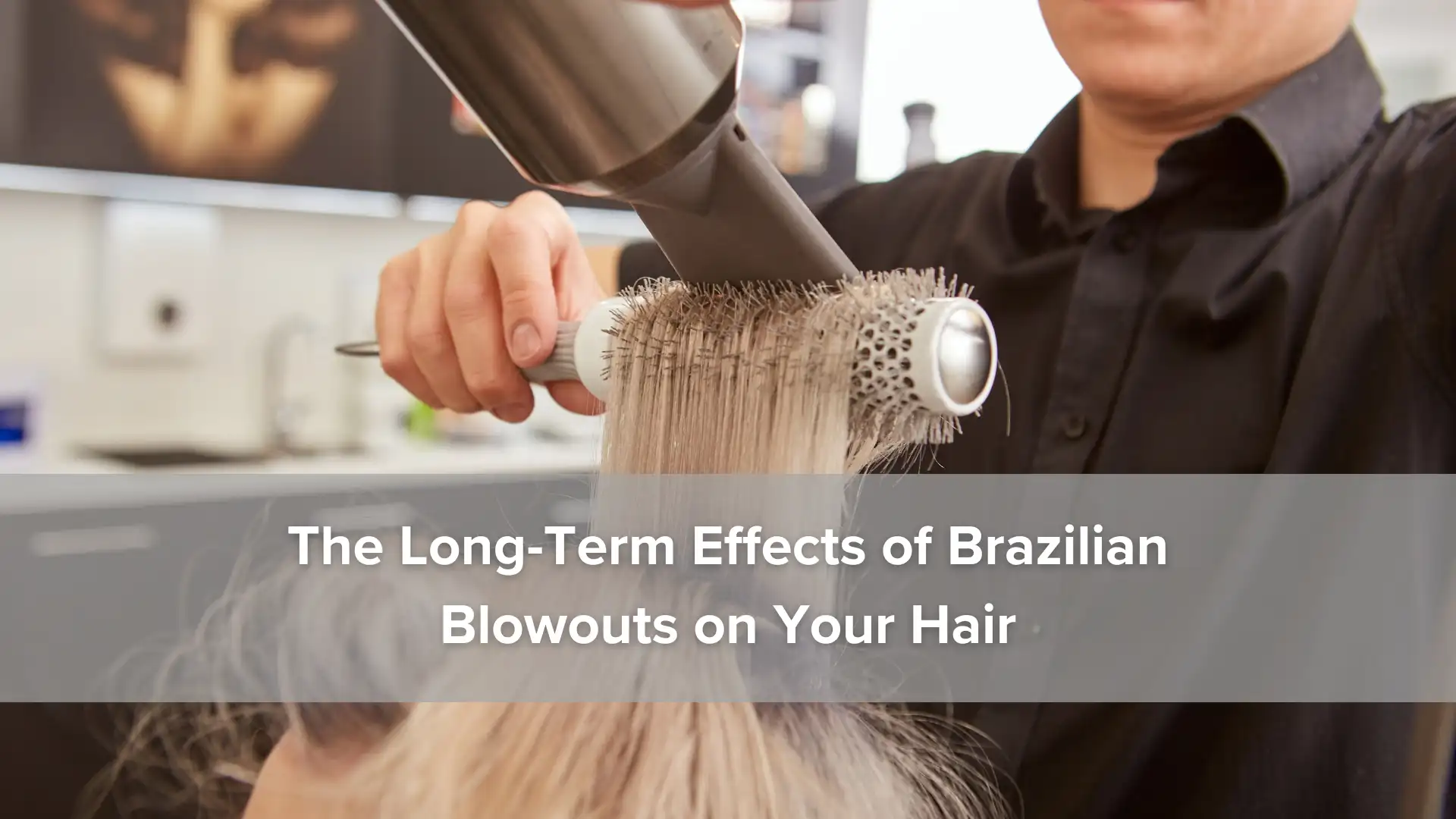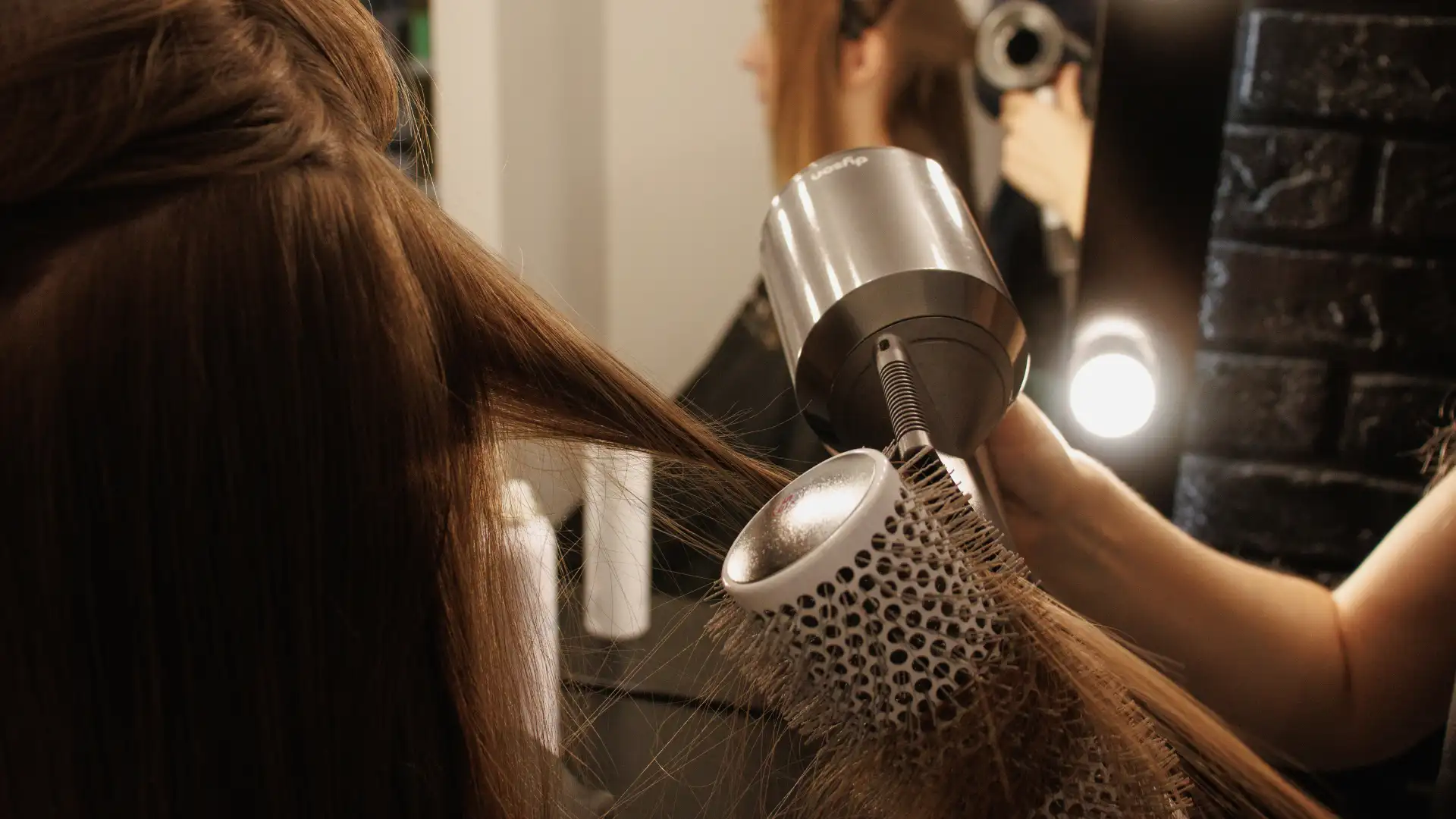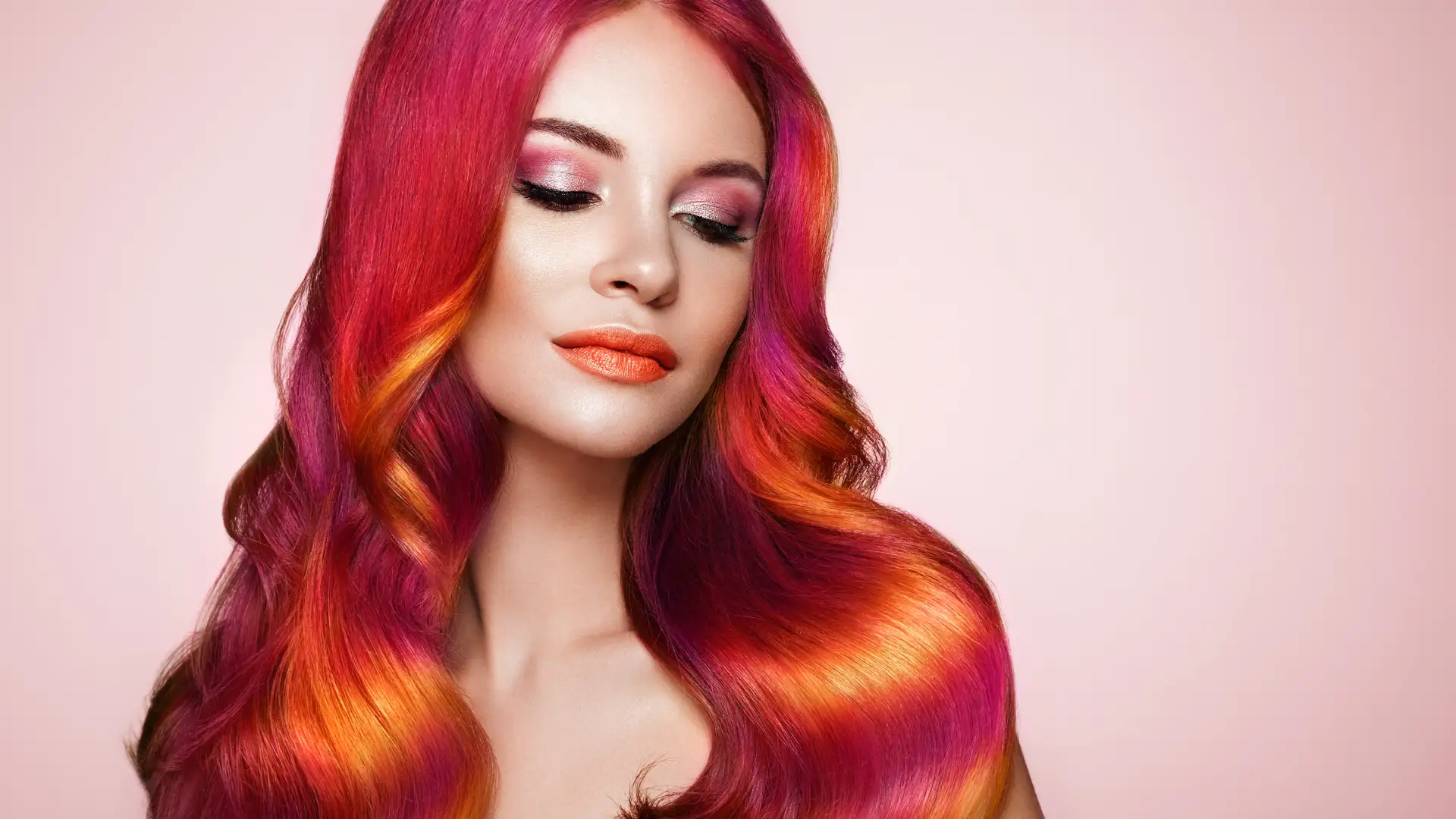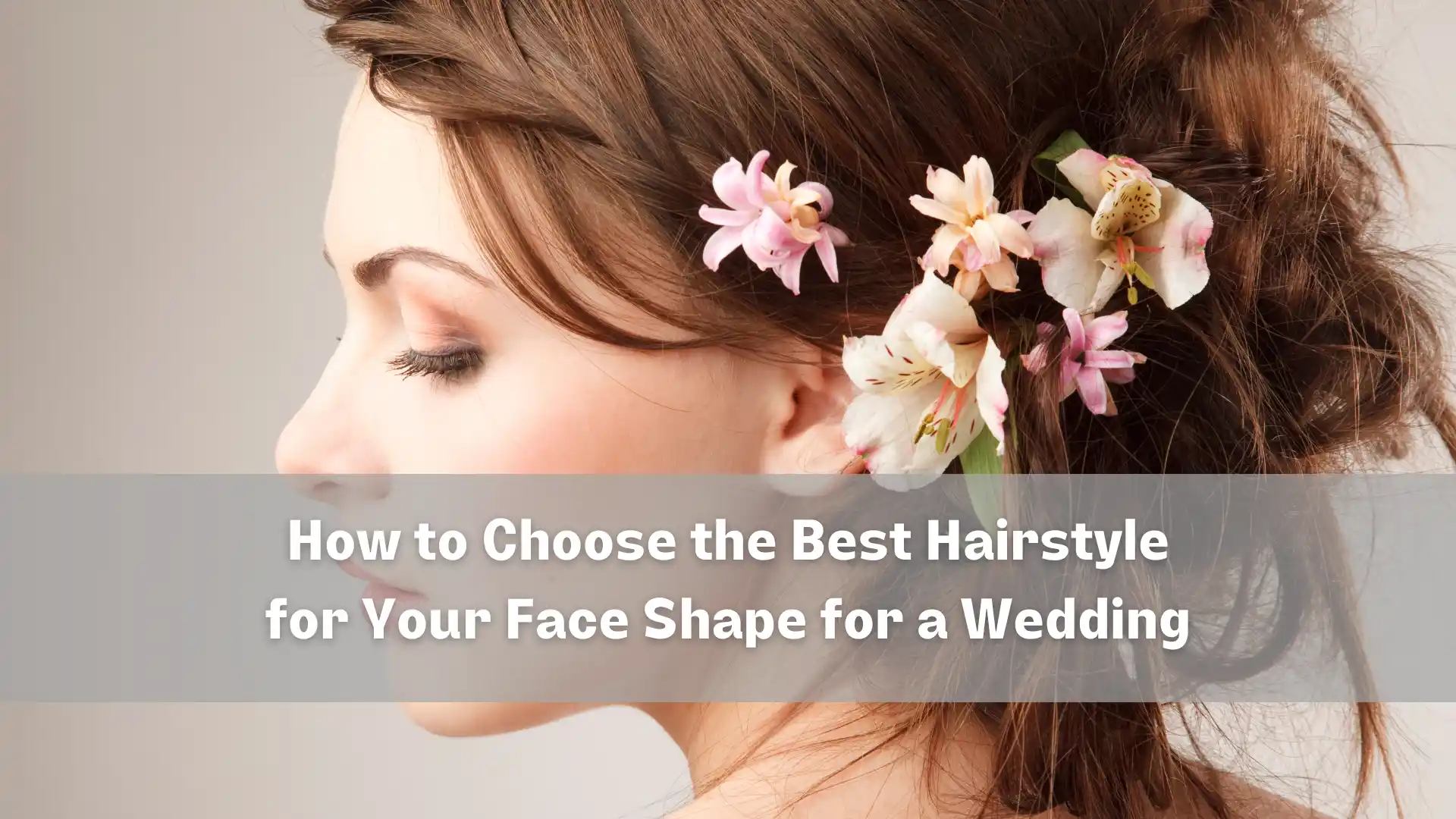
However, many people wonder, does a Brazilian blowout damage hair? At Therapy Hair Studio, we’re here to help you stay informed about the treatments you’re considering for your hair. Understanding the facts so you can make informed decisions is important for the long-term health of your locks.
Does Brazilian Blowout Damage Hair?
It’s important to understand how the treatment works to understand any risks associated with a Brazilian blowout. A stylist will apply a smoothing solution to your hair and then seal it in with heat. This solution is usually keratin-based, creating a protective protein layer around your hair shaft. The effects of this process will typically last for up to twelve weeks.
Knowing the ingredients in the formula you plan to use in your hair is crucial. The use of formaldehyde or formaldehyde-releasing chemicals is effective in bonding the keratin to your hair shaft. However, there are concerns with these formulas. Although a Brazilian blowout is generally safe, formaldehyde or formaldehyde-releasing chemicals can present risks. Prolonged exposure can cause scalp irritation, allergic reactions, and long-term damage. For a safe treatment, look for:
- A formaldehyde-free formula
- Amino acid-based treatments
- Brands that disclose all ingredients clearly
- Salon ventilation
Signs Your Brazilian Blowout May Be Causing Damage
A Brazilian blowout is a chemical treatment, which means there will always be a danger of damage present. Your hair might be overprocessed if you see dryness, split ends, or dullness right after your treatment. If you see hair breakage after a Brazilian blowout, consider giving your hair a break from chemical treatments. In severe cases, hair loss from Brazilian blowouts is possible. This is not common, but it’s usually tied to overuse of the treatment.
How Often Is Too Often?
Because overusing a Brazilian blowout treatment can lead to hair breakage and hair loss, it’s important to maintain a healthy schedule. It’s recommended to keep treatments twelve weeks apart. This will help leave your hair with its natural moisture and protein and prevent breakage.
Understanding Brazilian Blowout Risks
There are risks to every chemical treatment you introduce to your body, no matter what kind of treatment it is. Brazilian blowouts are no exceptions. The side effects of Brazilian blowouts include more than just cosmetic issues. These health concerns include:
- Breathing in vapors
- Irritation in eyes, nose, and lungs
- Coughing and wheezing
- Nausea and vomiting
- Skin sensitivity
- Allergic reactions
These risks all center around formaldehyde in the hair treatment formula. Always ask your stylist about the product ingredients and opt for a formaldehyde-free Brazilian blowout whenever possible.
How to Promote Healthy Hair After a Brazilian Blowout
Even though there are risks with chemical hair treatments, there are ways you can help your hair have a safe, effective Brazilian blowout. These care tips include:
- Use sulfate-free shampoo and conditioner to preserve your treatment and prevent further drying.
- Use a deep conditioning mask once a week to restore moisture.
- Give your hair a break from heat and let it air dry for a while after treatment.
- Use thermal protectant spray before using flat or curling irons.
- Treat damage early to restore your hair’s health.
Safe and Effective Alternatives to Brazilian Blowouts

- Hair Botox
- Thermal Reconditioning
- Silk Press
- Deep Conditioning and Frizz Control Masks
An alternative might be better depending on your hair type and individual concerns. The biggest drawback to most of these solutions is that they don’t last as long or give quite as outstanding results as a Brazilian blowout. However, if your hair is thin, color-treated, or damaged already, these alternatives might be better for your hair in the long run.
The Healthy Approach
While Brazilian blowouts provide beautiful, immediate benefits, they can also pose long-term risks if applied improperly. At Therapy Hair Studio, we want you to have a healthy Brazilian blowout experience. We only use the cleanest products available and take care in our application process.
If you’re looking for a trusted salon in Houston that prioritizes your hair’s health, schedule a consultation with our stylists at Therapy Hair Studio to discuss your needs and learn more about our smoothing treatments.
Related Posts:








